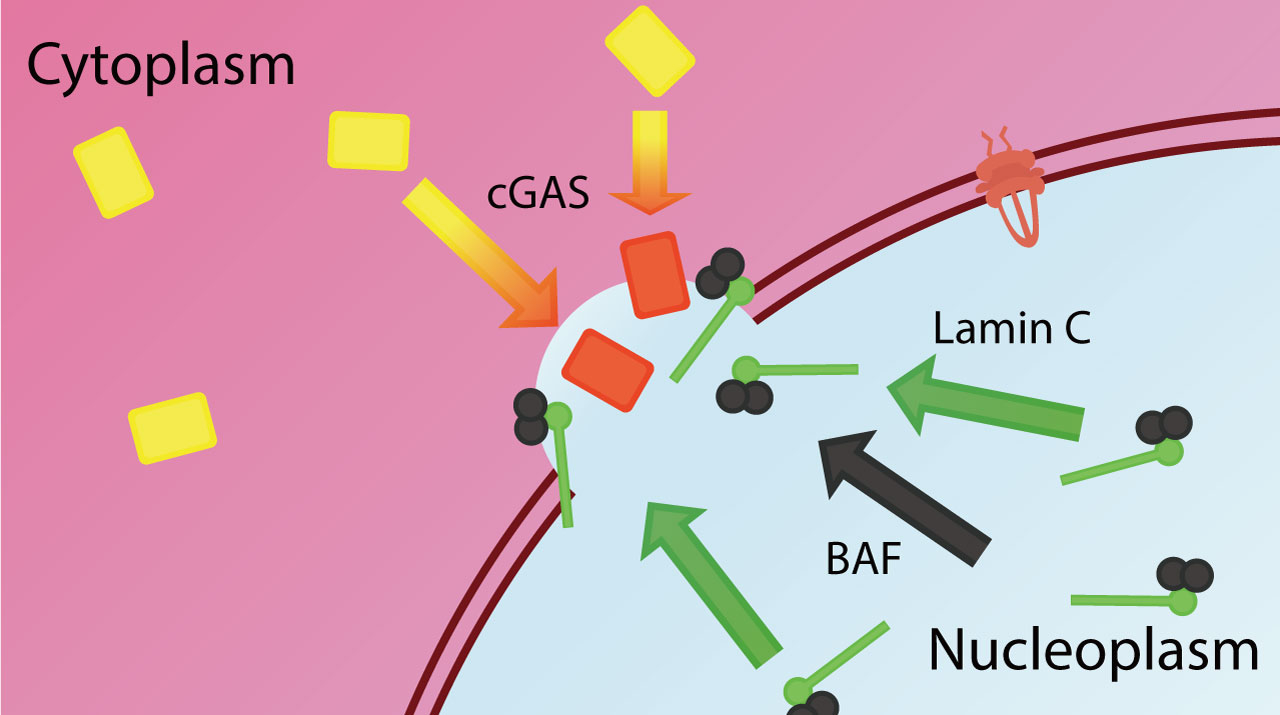In a nationwide randomised experiment, it was discovered that providing smokers with comprehensive, once-weekly telephone-based cessation counselling, in addition to nicotine replacement, increased their likelihood of quitting smoking by more than twofold. This was contrasted with individuals who received simple bare-bones counselling and nicotine replacement.
Lung cancer is more likely to strike long-term smokers. CT screening may detect lung nodules at an early stage while the condition is still treatable and controllable. A CT screening is frequently followed by counselling and nicotine replacement for those who wish to stop smoking.
Professor of oncology Kathryn L. Taylor claims that using medication and getting support increases a person’s chance of success over trying to quit alone. It might be a nice way to get motivated to try to quit while having a lung function exam.
Current study.
The Georgetown Lung Screening, Tobacco, and Health Study enrolled 818 adults with 20 packs a year or more of smoking, ranging in age from 50 to 80. Participants were randomly assigned to receive either intensive phone counselling, consisting of eight 20-minute sessions and up to eight weeks of nicotine patches or brief phone counselling, consisting of three sessions and two weeks of patches, both of which are similar to the services that many state tobacco quitlines provide to callers who want help quitting smoking. There were eight lung screening locations around the nation that offered these interventions.
During the counselling sessions, they talked about their goals for quitting smoking, how to use nicotine patches, how to deal with things that make them want to smoke, how ready they were to quit, and how confident and motivated they were to do so.
The second author of the study, Randi M. Williams, PhD, MPH, an assistant professor in Georgetown University’s Department of Oncology, stated that tobacco treatment specialists meet individuals who range from not being prepared to make any adjustments but being open to discussing smoking, to being highly prepared to give up and needing specific suggestions on how to alter their smoking behaviours.
Findings
The intense group’s self-reported 3-month quit rate was much greater than the low group’s (14.3 percent vs. 7.9 percent). Importantly, there was a 2:1 difference between groups in the rates of smoking cessation that were supported by carbon monoxide or saliva testing (9.1 percent vs. 3.9 percent). The intensive arm did better than the minimal arm at helping people who were more addicted to nicotine quit (by about 312 times), had healthy screening results (by about 212 times), went to counselling often (by about 3 times), and used patches (by almost 3 times).
Conclusions and other research.
A parallel publication written by researchers from the University of Michigan was released concurrently in JNCI Cancer Spectrum. It demonstrated the efficacy of lengthy counselling for quitting smoking. When compared to screening alone, the researchers discovered that even moderate rates of smoking cessation with intensive phone counselling and nicotine replacement therapy saved money and lives. Therefore, in the research group of smokers, lung screening, comprehensive phone counselling, and nicotine replacement medication would be considered to be very cost-effective.
Taylor observes that even though quit rates are typically low, they remained constant for both groups when the 3-month and 12-month data were compared. The authors of the study stated that their next step would be to conduct a planned trial with expanded treatments and tactics to boost enrollment and treatment participation among individuals receiving lung screening in a significant healthcare system. This includes individuals without health insurance, people who continue to smoke, and members of underserved racial and ethnic minority groups.
This study was paid for by grants R01CA207228 and R01CA207228-S1 from the SCALE (Smoking Cessation at Lung Examination) partnership of the National Cancer Institute (NCI).
Story Source: Original press release by Georgetown University Medical Center. Note: Content may be edited for style and length by Scible News.
References.
Taylor, K. L., Williams, R. M., Li, T., Luta, G., Smith, L., Davis, K. M., … Trial, H. (07 2022). A Randomized Trial of Telephone-Based Smoking Cessation Treatment in the Lung Cancer Screening Setting. JNCI: Journal of the National Cancer Institute. doi:10.1093/jnci/djac127







